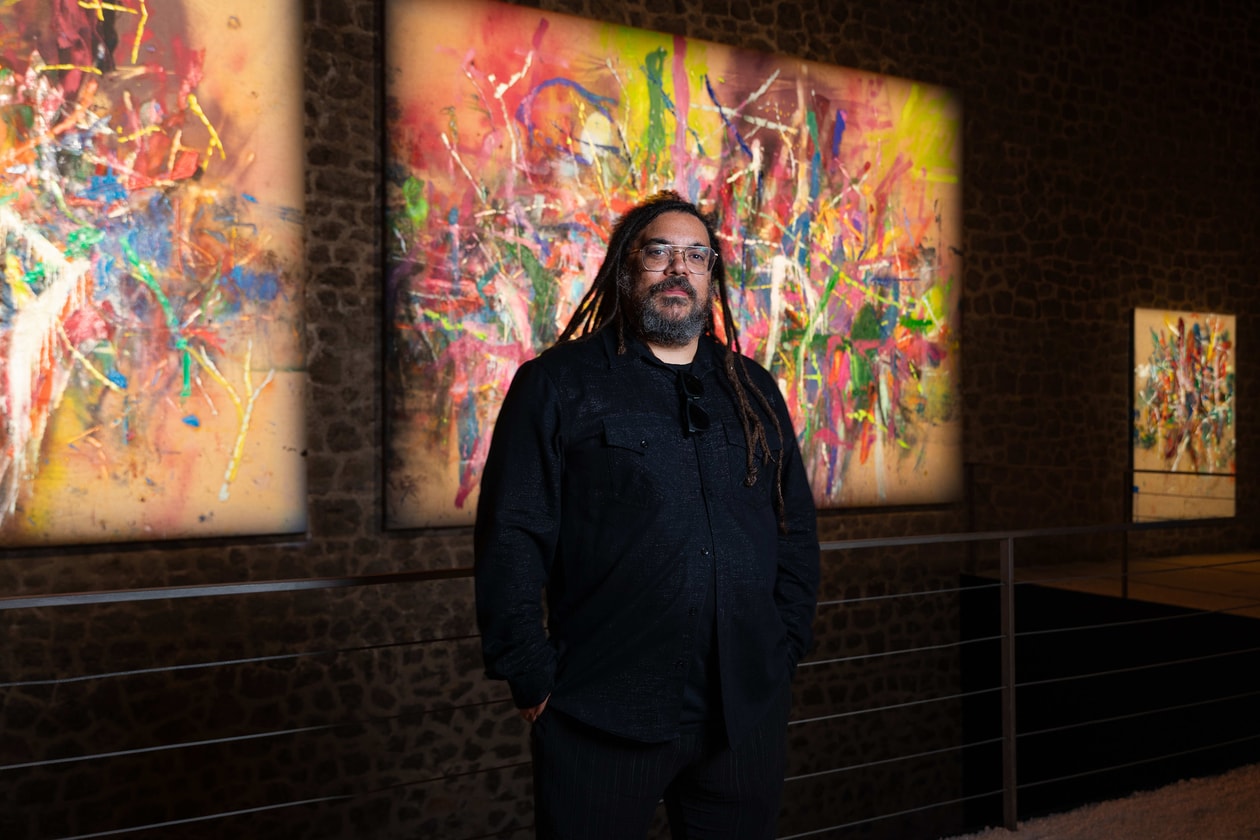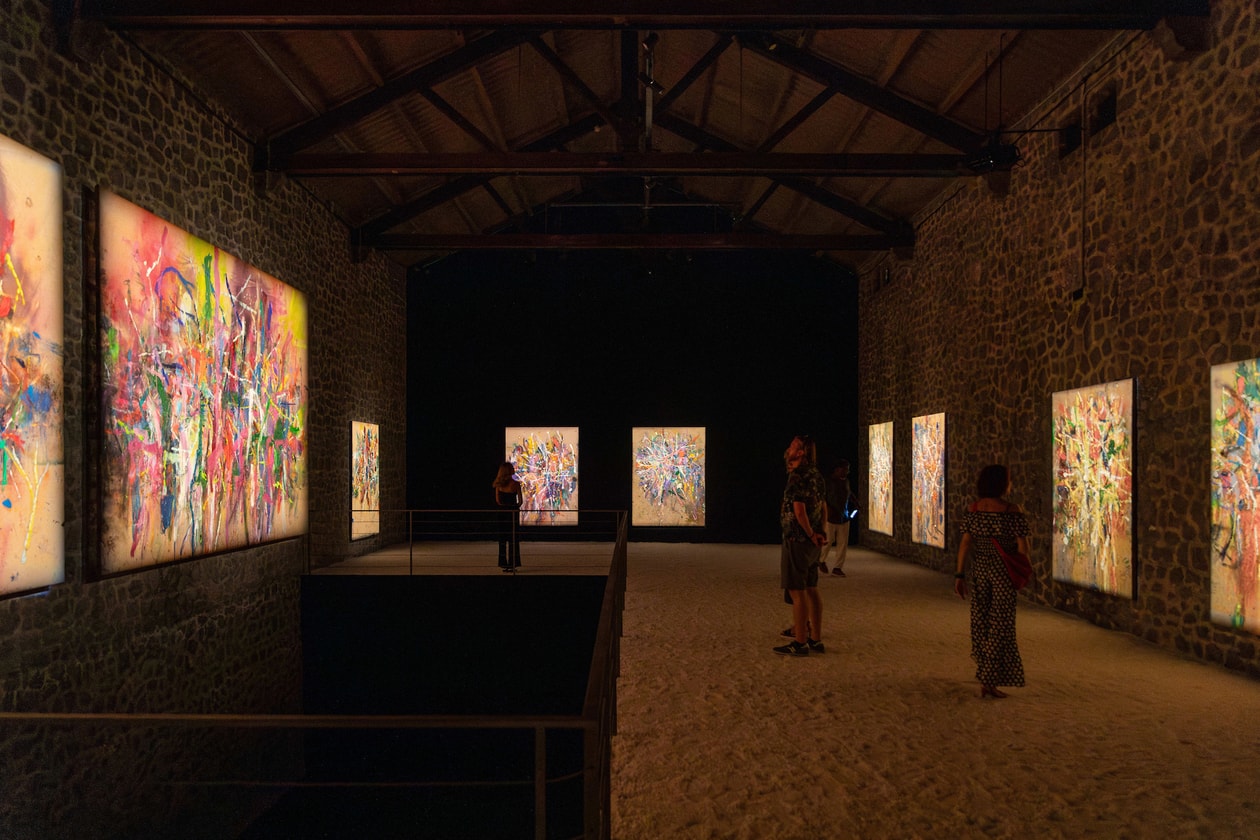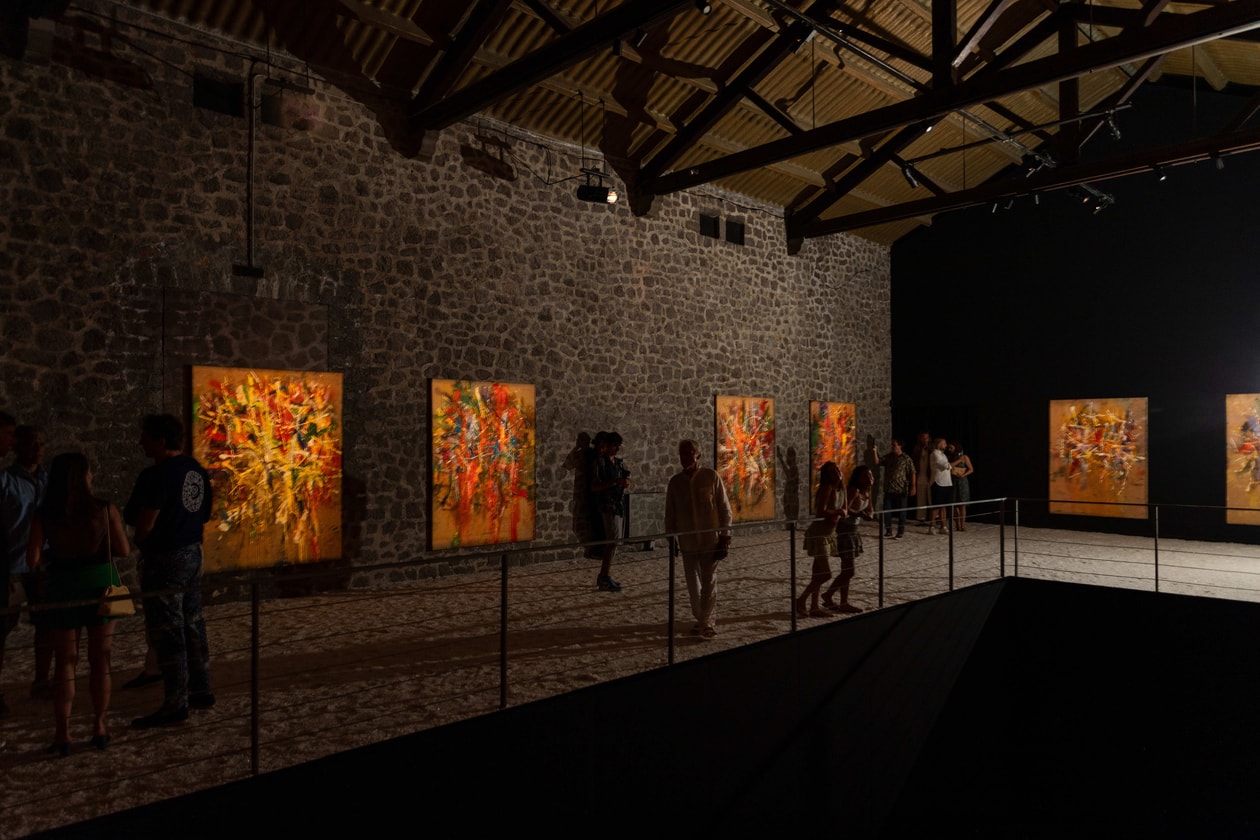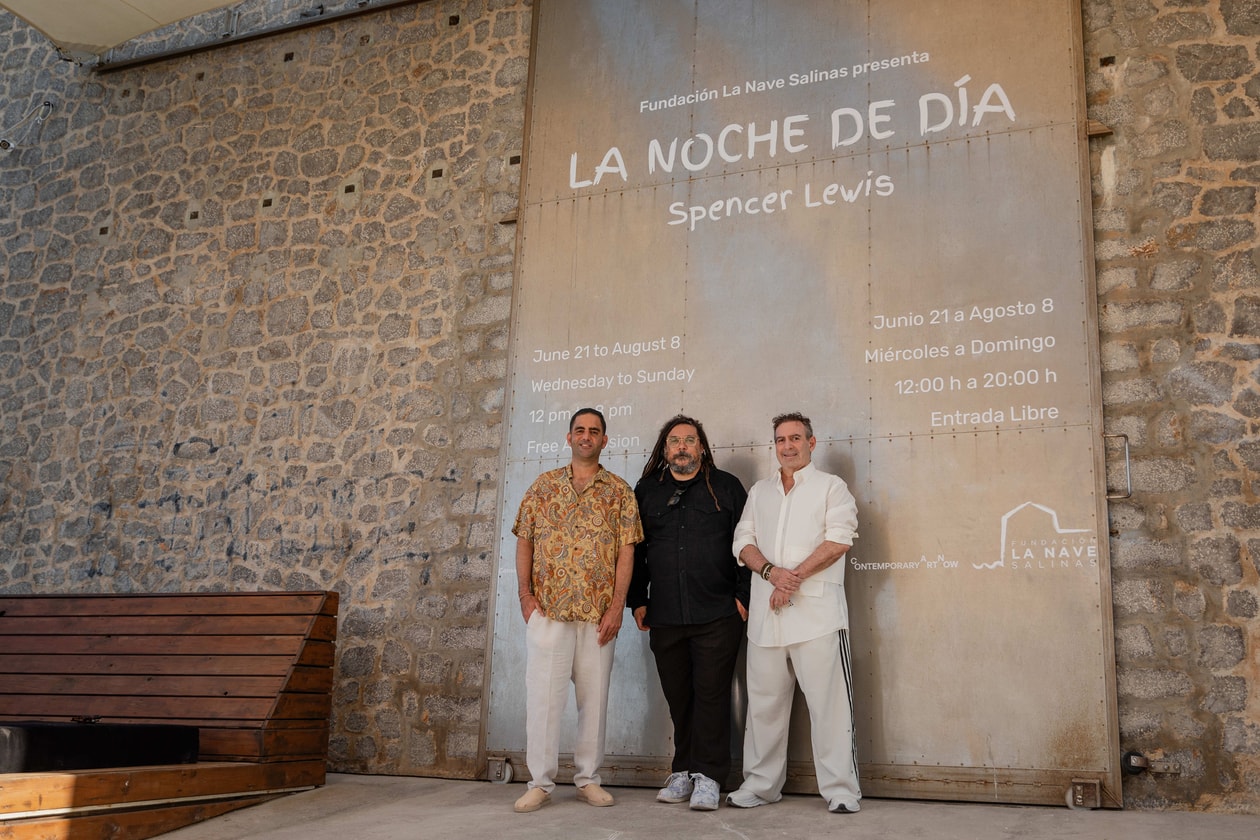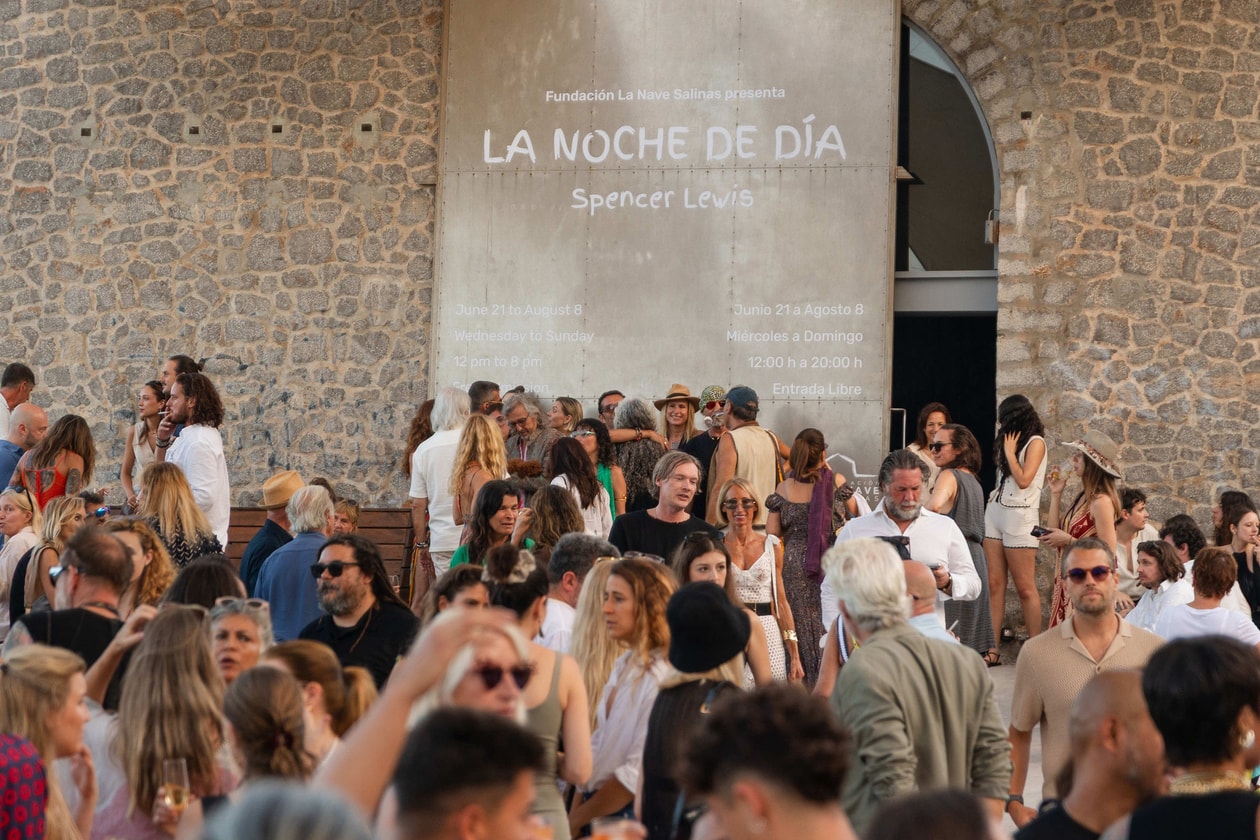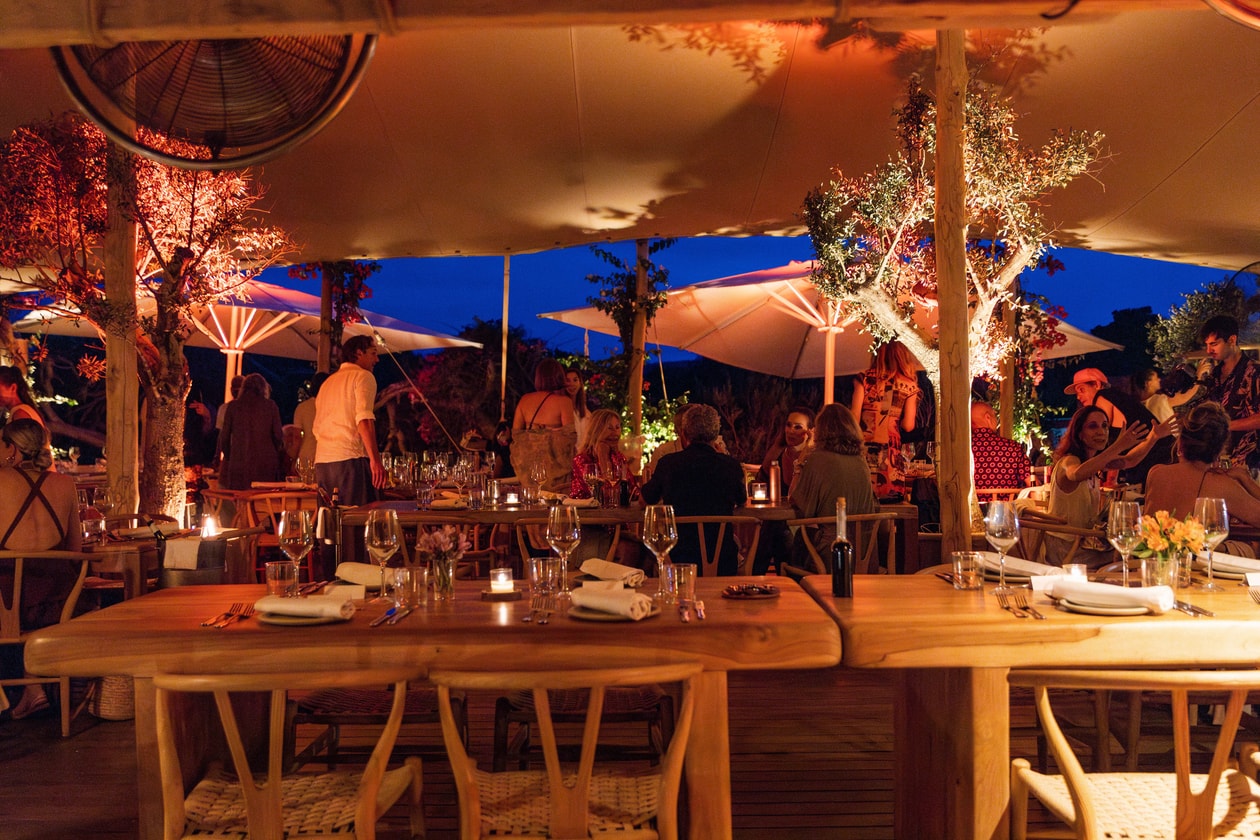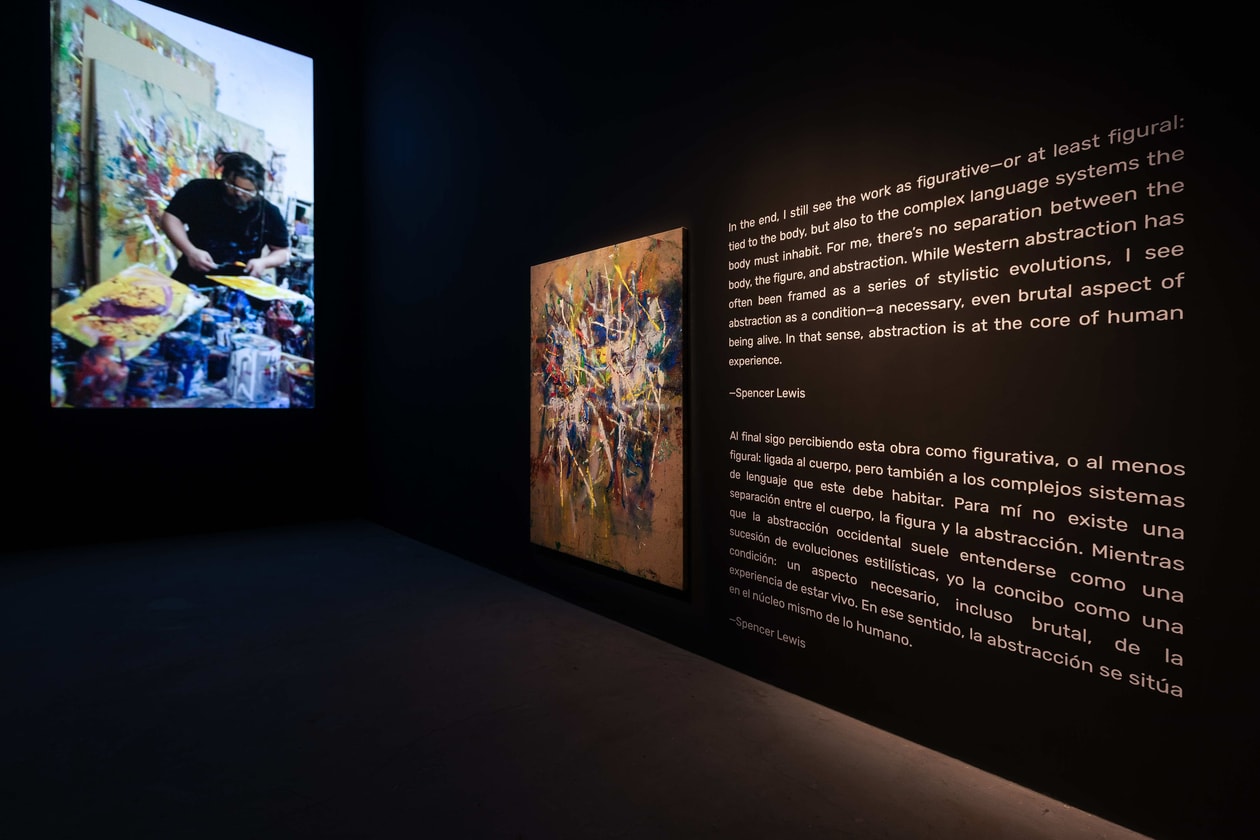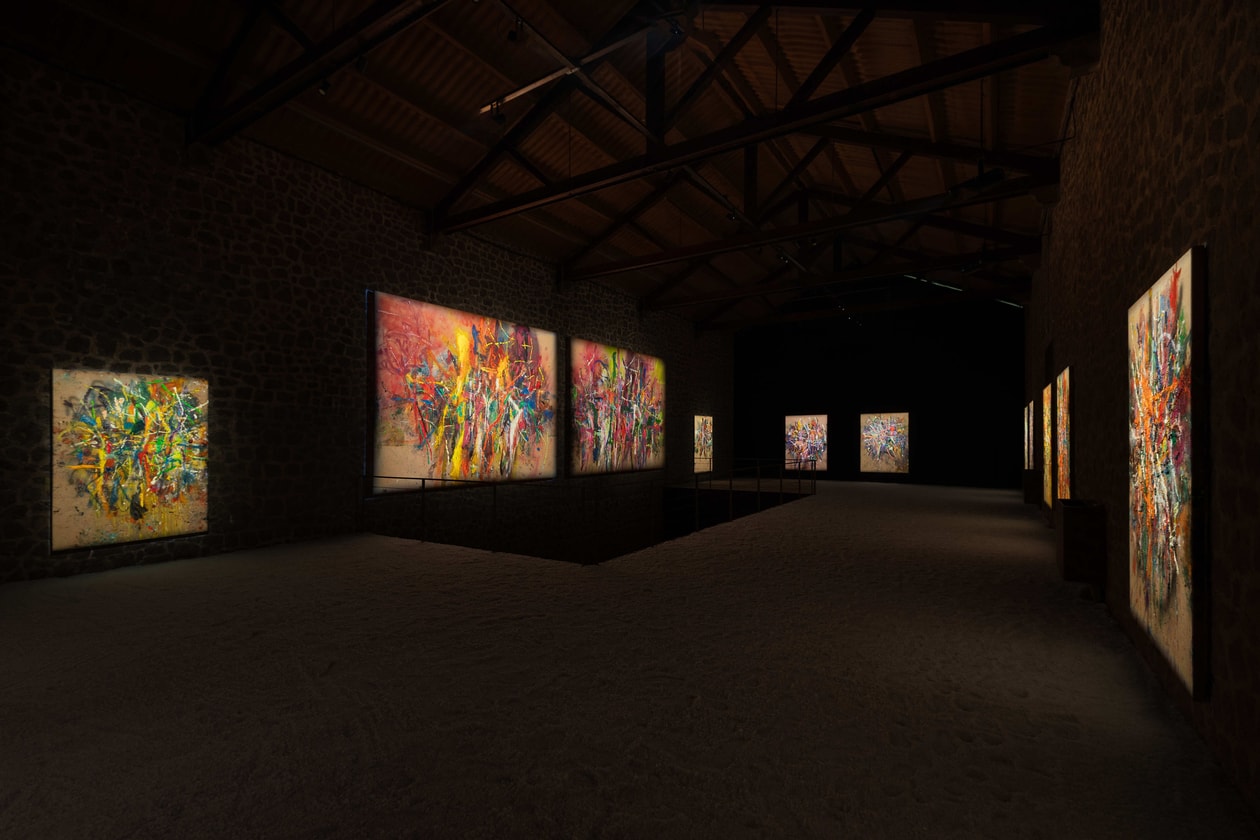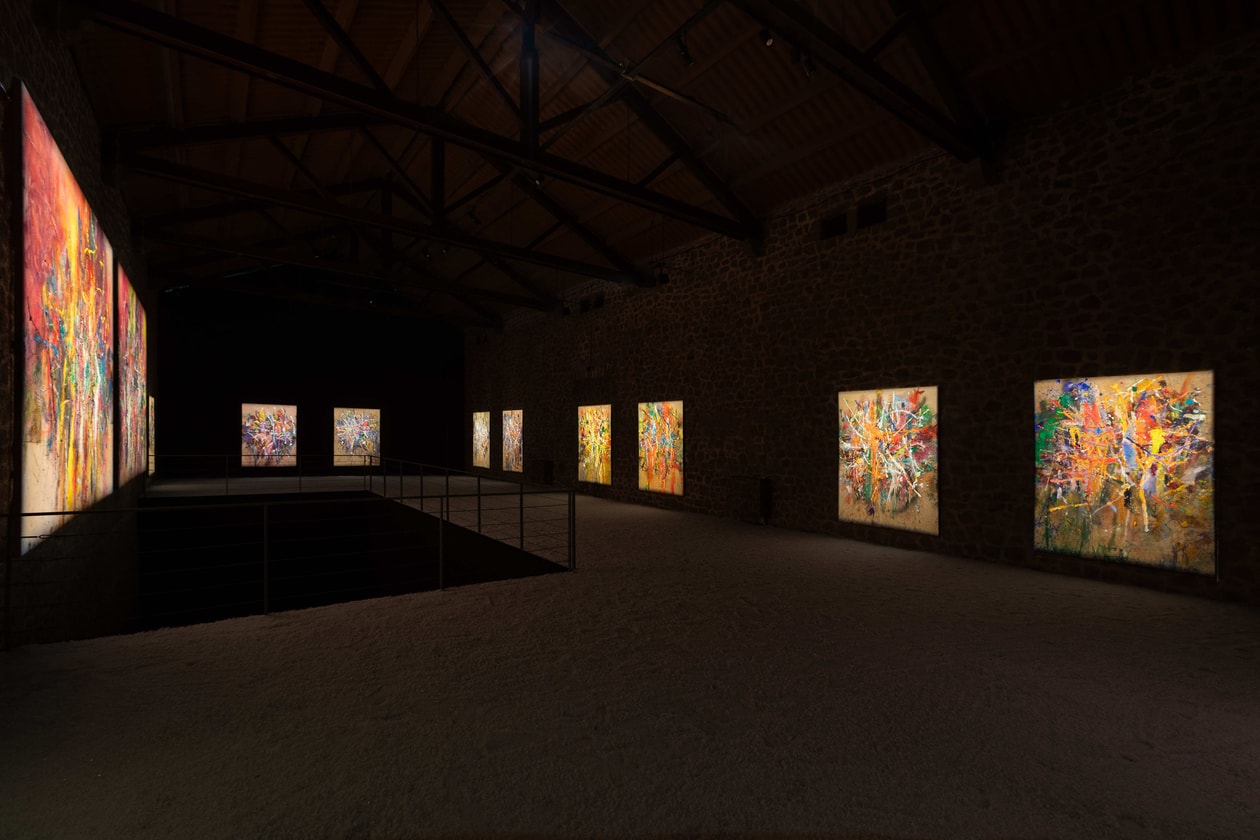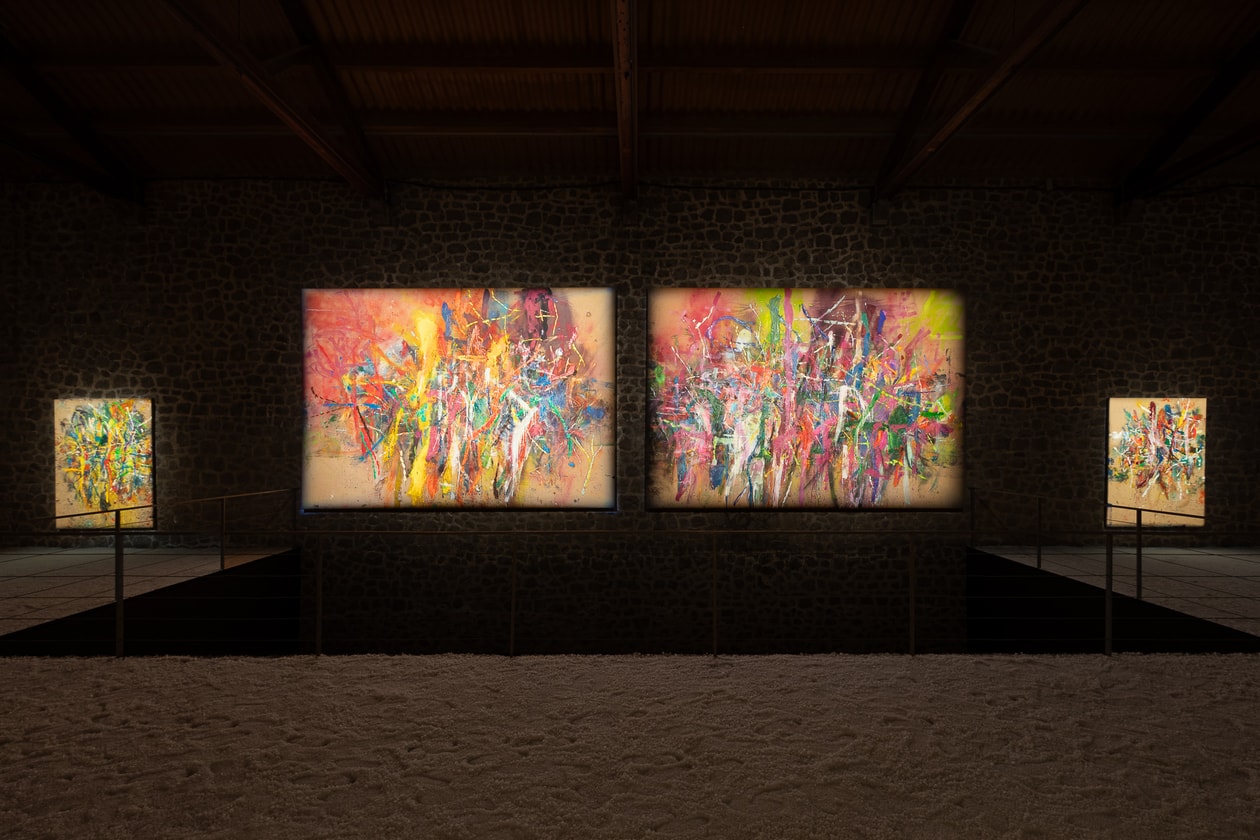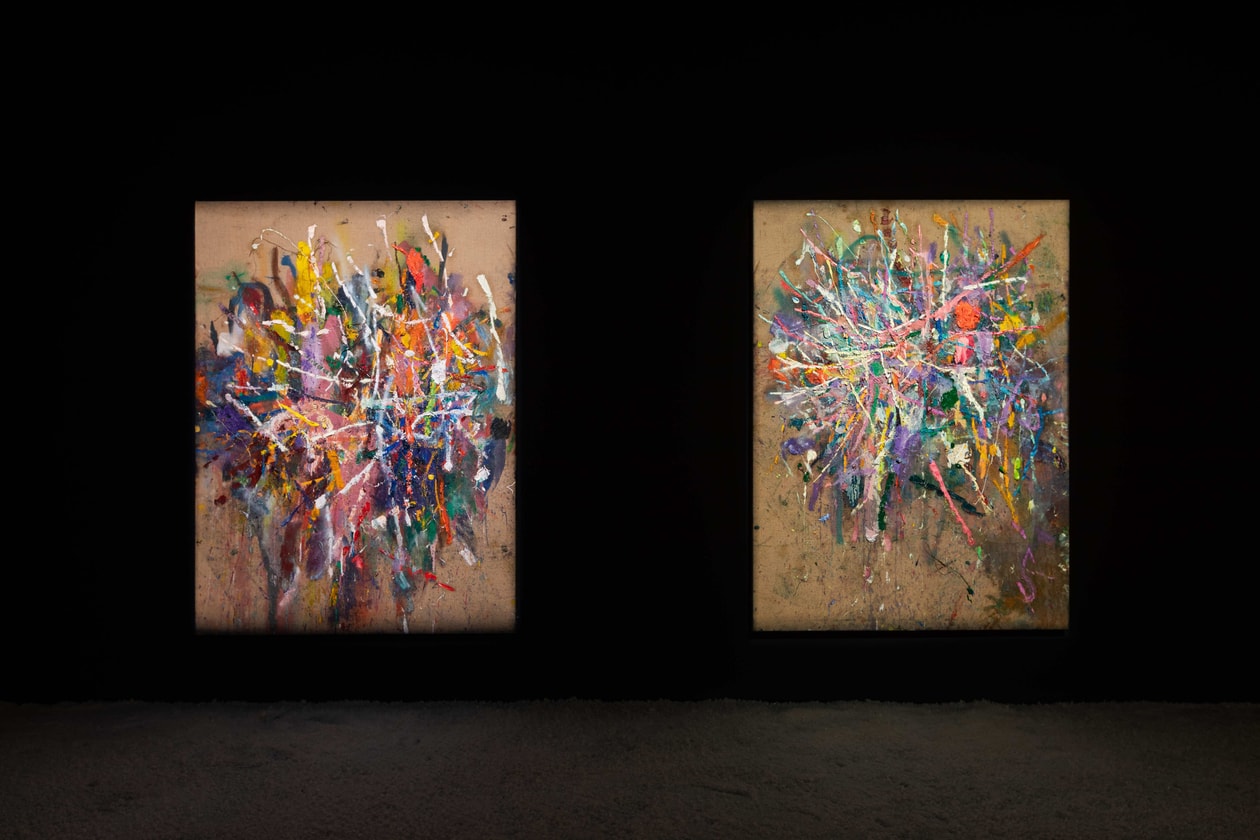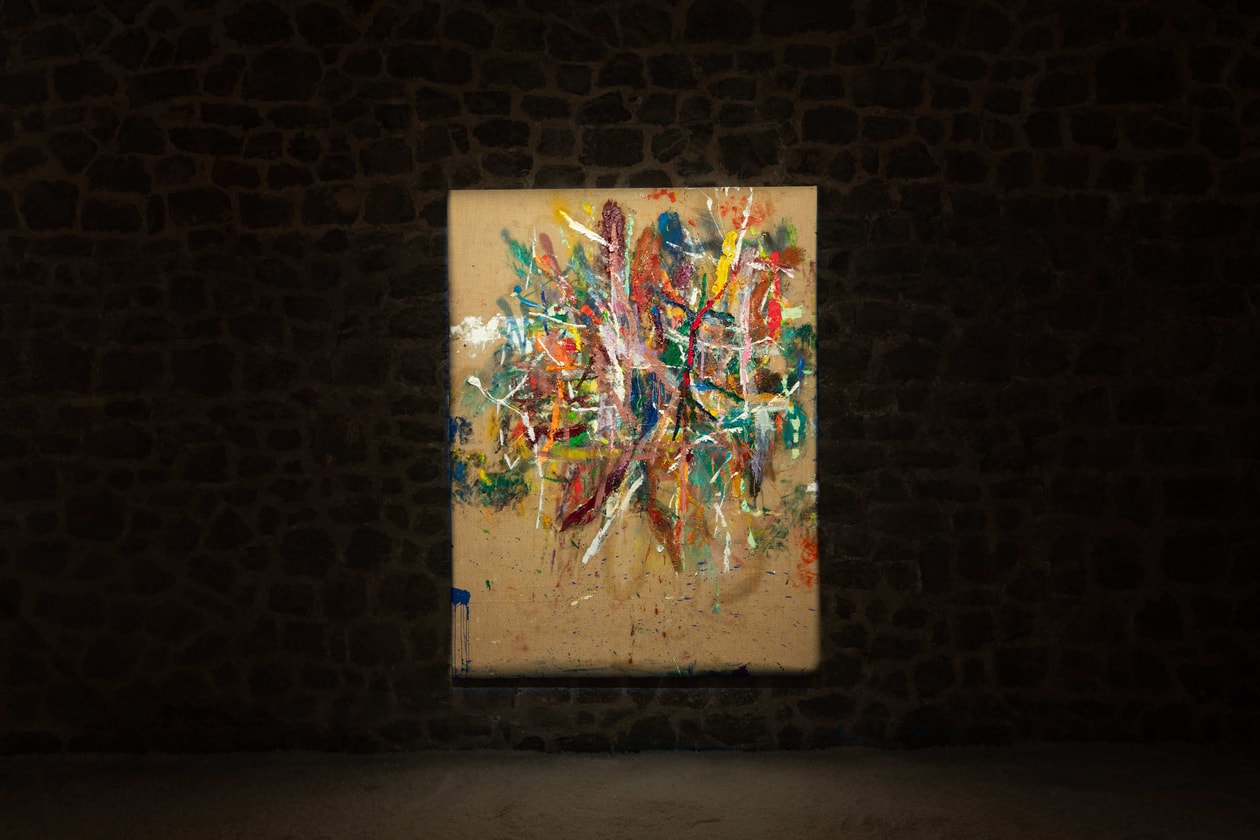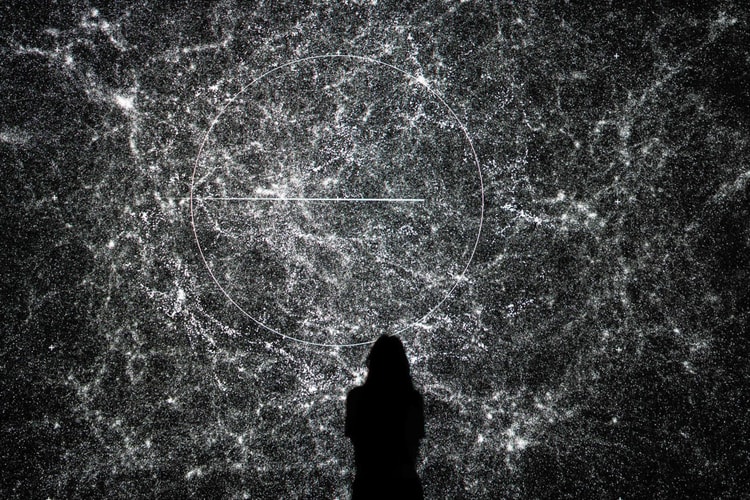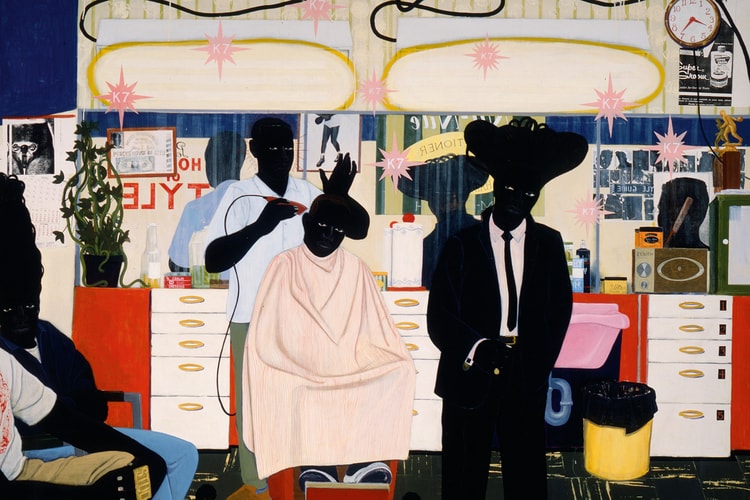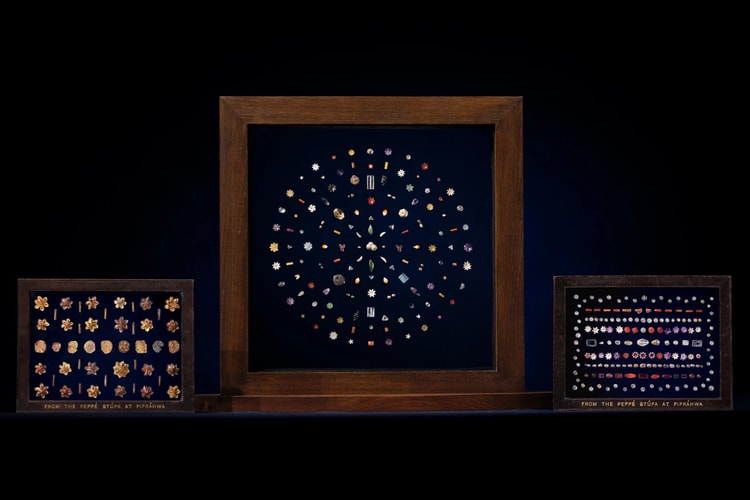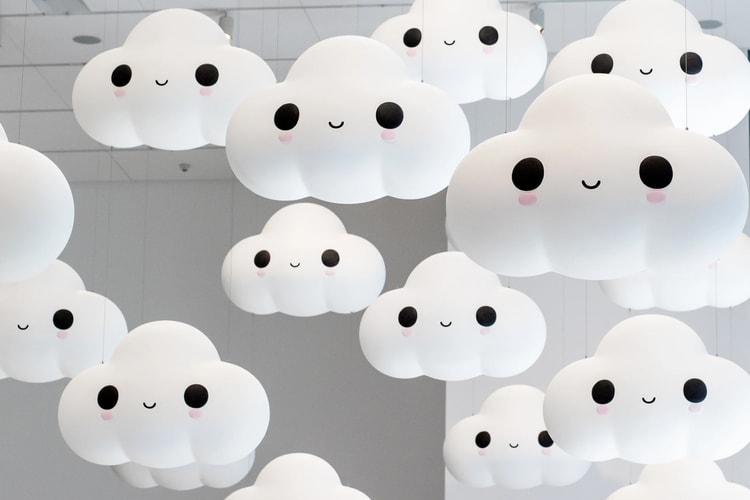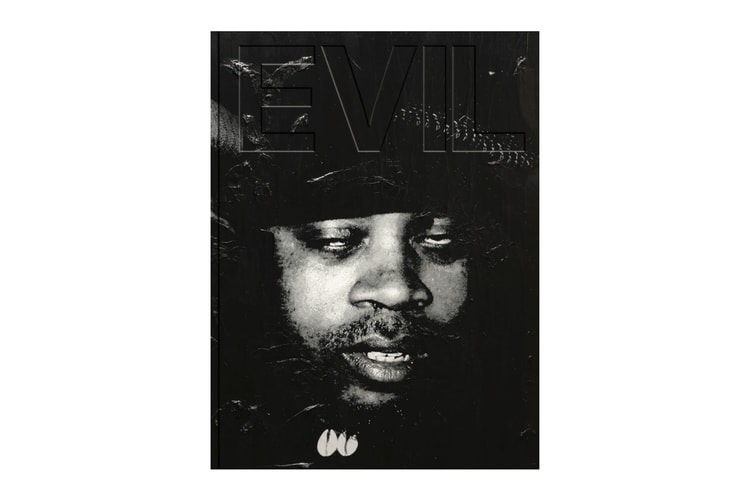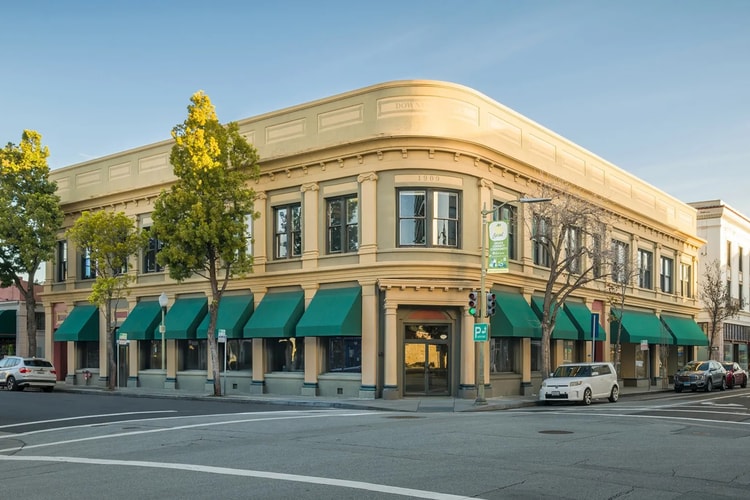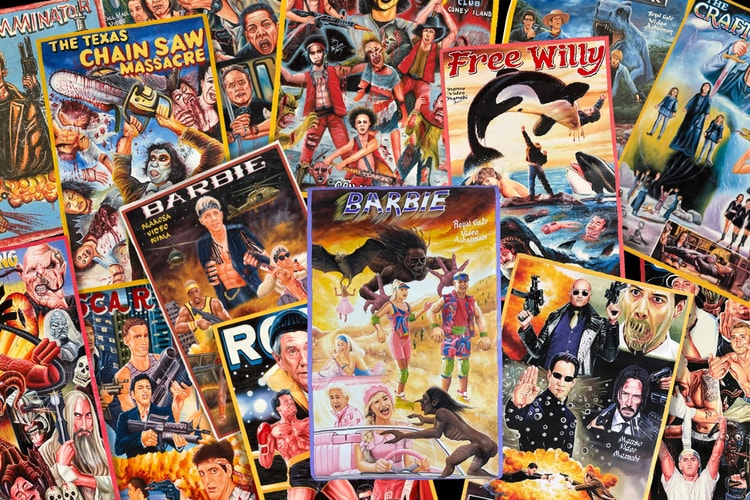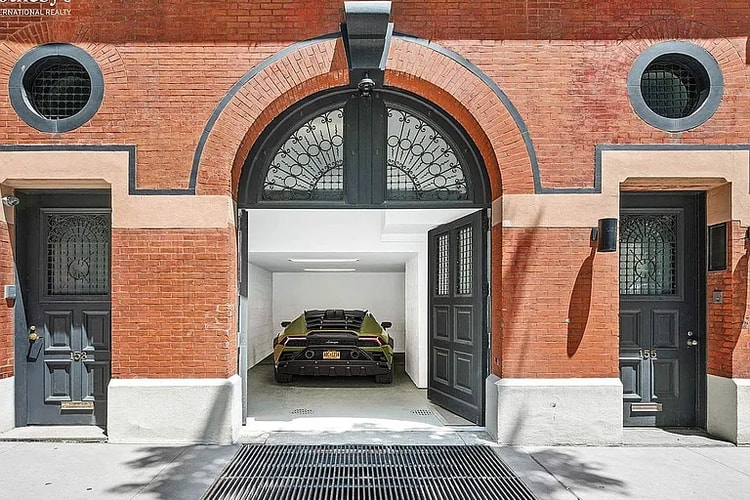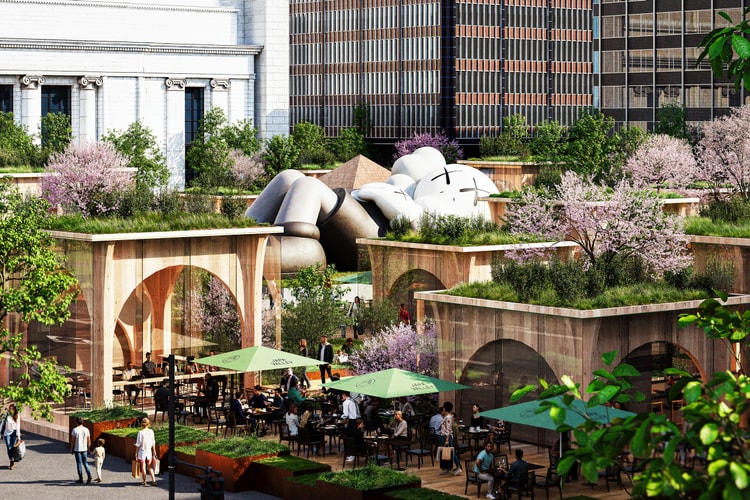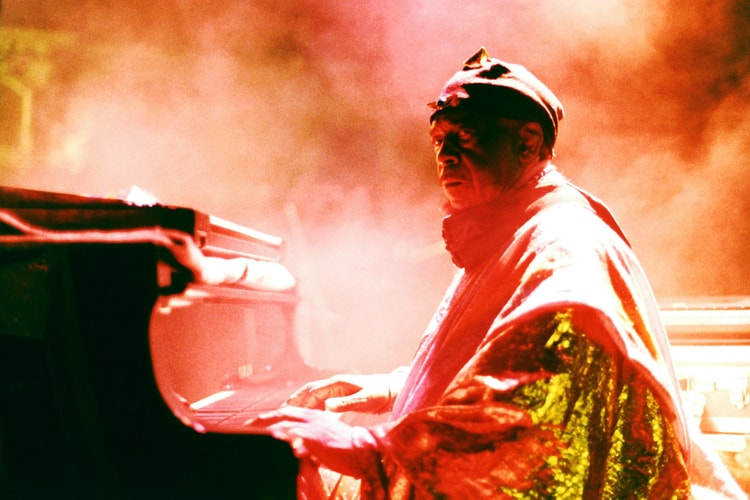Spencer Lewis Brings 'La Noche De Día' to Fundación La Nave Salinas in Ibiza
Displaying monumental abstract works across the former 1940s salt warehouse.
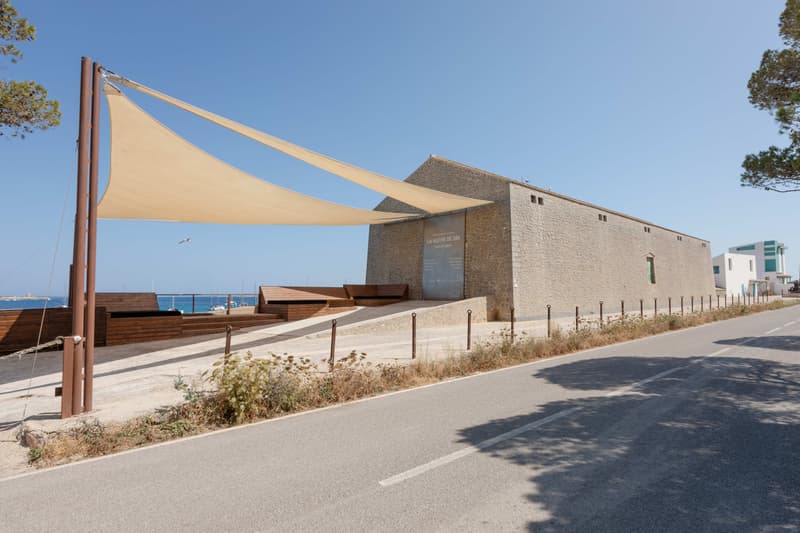
On view through August 8, Fundación La Nave Salinas presents La Noche De Día, a solo exhibition by American artist Spencer Lewis. Known for his bold, textured paintings, Lewis brings a new series of large-scale works to the historic space, a former 1940s salt warehouse in Ibiza. The show marks the tenth anniversary of the foundation and reflects its ongoing mission to present challenging, physical and emotionally charged work.
Curated by La Nave’s founder Lio Malca, the exhibition has been four years in the making. Malca was immediately drawn to Lewis’ raw energy and saw how the artist’s work could create a powerful dialogue with the stone walls of the building. “Spencer’s work doesn’t just hang on the walls,” Malca said. “It becomes part of the building’s heartbeat.” The space’s height, texture and history gave the team an opportunity to create a presentation that feels immersive rather than staged.
For Lewis, the environment played a big role in shaping the final body of work. He describes painting on jute as both practical and symbolic, offering durability and a sense of material honesty. The history of the salt warehouse and the elements of salt, air and light helped push his process into new territory. “It was this full sensory immersion in the final display that actually suddenly became more spiritual,” he said.
We caught up with Spencer and Lio to discuss the momentous exhibition. Read the full interview below.
“Abstraction is the condition through which we interpret everything, not just images.”
You’ve said abstraction feels more like a condition than a style. What do you mean by that, especially in this new series?
Spencer Lewis: I’ve been working with AI a lot lately, so I’m thinking about language. If we take language as a system of signs, then our relationship to the real is always already abstracted. We’re made through the word. You can’t escape it. Abstraction is the condition through which we interpret everything, not just images. That alienation presents a challenge. And I don’t think I’m the only one who responds violently, rightly or wrongly. But I don’t think we need to repair the gap, per se. It’s fine to live inside language. Just don’t piss on my leg and tell me it’s raining.
Why do you choose to paint on jute? What does that material add to your work?
SL: It’s durable. It can take what I throw at it: the dragging, the layering, the stretching and unstretching. Jute absorbs some materials, lets others sit on top. It’s porous, easy to sew through. It bruises but stays intact. It also doesn’t carry the same art historical baggage as canvas. It has its own texture, its own past, it’s a plant, it’s a thing. That object-ness, that matter-of-factness, is part of the work. It serves as the ground of the painting and for the paint and objectifies the paint.
You were influenced by Hofmann and de Kooning early on. How do those influences show up in your work today?
SL: Well because I learned about them from my mother’s art books they return me to the time of first becoming an artist. Hofmann is about space, using color to push and pull space. De Kooning is really still about drawing. But that the emotion carried in gesture to the viewer. Truthfully I never think about these artists anymore but there’s probably a ghost in their works particularly in the relationship to the square.
La Nave was once a salt warehouse. Did the history or feel of the space shape how you approached the show?
SL: Absolutely. That building carries weight. Every show you do is site specific but it’s rare that it’s so intense. The ideas of salt, light, air, sound were pushing the work toward something even more physical, but it was this full sensory immersion in the final display that actually suddenly became more spiritual. That’s what made the collaboration with Isaac and Lio so exciting. I wouldn’t have landed there on my own.
“Spencer’s work doesn’t just hang on the walls, it becomes part of the building’s heartbeat.”
What drew you to Spencer’s work? Why did you feel it belonged at La Nave?
Lio Malca: When I first encountered Spencer’s paintings, I was immediately struck by their raw, explosive energy. Each work feels like an eruption, almost like witnessing the Big Bang on canvas. I could instantly envision how they would resonate against the deep, textured stone walls of La Nave, a space that itself carries so much history. The dialogue between his visceral surfaces and the raw architecture of the former salt warehouse felt inevitable. Spencer’s work doesn’t just hang on the walls, it becomes part of the building’s heartbeat.
This show marks the foundation’s tenth year. How does it reflect what you’ve been building?
LM: Reaching the tenth anniversary of La Nave is a significant milestone. Over the past decade, we’ve transformed an industrial space into a cultural hub that welcomes groundbreaking artistic voices. Bringing Spencer’s exhibition to La Nave this year, after four years of conversations and planning, feels like an apex of our journey so far. His work embodies the energy, risk-taking, and ambition that have defined our program. This exhibition is both a celebration of what we’ve achieved and a statement of intent for what lies ahead.
Spencer’s paintings are big and textured. How did you plan for them to work in such a unique space?
LM: La Nave’s architecture is raw, it demands art that can hold its own within such a powerful context. With Spencer’s monumental works, we approached the installation as a choreography between scale, texture, history and light. The roughness of the stone walls amplifies the physicality of his paintings, while the generous height and openness allows them to breathe and dominate the space. The scenography wasn’t about controlling the environment but rather about allowing the works and the building to create a dialog.
Why is it important to keep admission free and open to the public in Ibiza?
LM: Art should be a shared experience, not a privilege reserved for a few. Ibiza is a place where cultures converge, and making our exhibitions free ensures that everyone—residents, visitors, and art lovers alike—can engage with world-class contemporary art. For me, it’s essential that La Nave remains a space where discovery is accessible, where anyone can walk in and be moved by what they see without barriers, especially kids, kids of all ages. Each summer, we welcome kids to participate in our programs either with their parents through Kids Play, our weekend workshops at La Nave, or with school groups for guided sessions, bringing in over 1,000 kids each summer.
What kind of artists or projects do you hope to bring to La Nave in the future?
LM: Looking ahead, I want to continue inviting artists who challenge perceptions and create immersive, transformative experiences. We will keep presenting renowned international artists with different forms of expression, honoring contemporary practices. I’m particularly drawn to projects that engage with history, materiality, and the environment: works that feel alive within the space. La Nave will remain a platform for bold artistic statements, for established or up and coming artists continuing the spirit that has defined our first decade.





